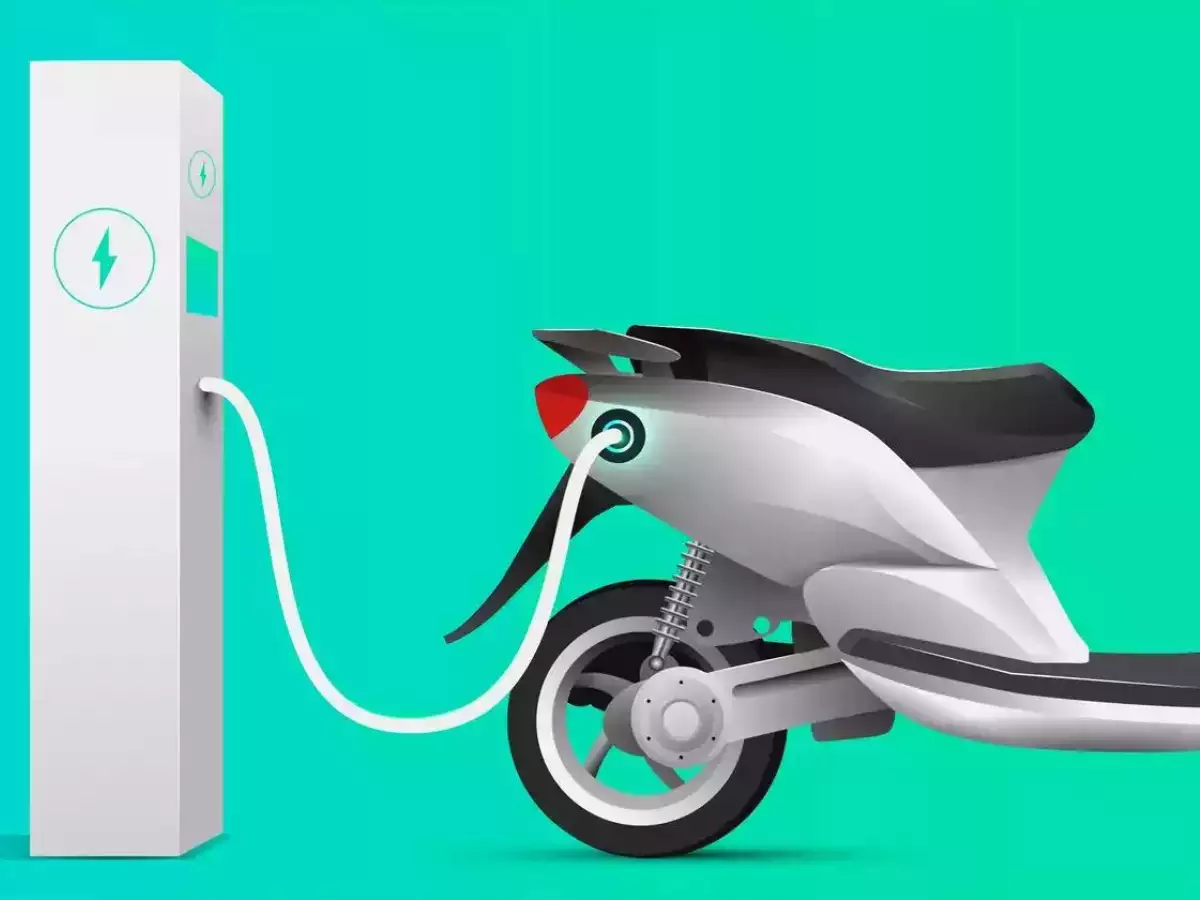
The report predicts that the two-wheeler segment will lead India's shift towards electric mobility, with an expected 50-60% of total demand transitioning to electric by 2030. This trend is followed by electric three-wheelers and small trucks, with electric cars projected to capture about 10% of the total market, influenced by evolving charging infrastructure and consumer price sensitivity.
In terms of sales volume, Tata Motors led the market in 2023, selling 53,199 units. It was followed by SAIC with 12,562 units and Mahindra & Mahindra with 8,286 units. Popular models included the Tata Nexon BEV, Tata Tigor/Tiago BEV, and the Mahindra XUV400 BEV.
Despite the current growth, the development of charging infrastructure remains a challenge, with the pace described as slow but expected to accelerate to meet increasing demand. The report highlights that global manufacturers like Renault-Nissan and Stellantis are investing in Indian production facilities to capitalize on the low-cost manufacturing environment for potential exports.
Government initiatives have significantly contributed to the market's growth, with schemes like Faster Adoption and Manufacturing of Hybrid and Electric Vehicles (FAME) and various state-level incentives supporting the transition to electric mobility. The Indian government's ambitious targets aim for electric vehicles to comprise 30% of private car sales, 70% of commercial vehicle sales, and 80% of two- and three-wheeler sales by 2030.
Challenges such as the high cost of acquisition and the need for longer-range EV models continue to impede faster adoption rates. However, the government's focus on reducing import dependence through localized manufacturing and policy support for technologies like battery swapping is expected to mitigate these barriers.
The report underscores the promising future of the Indian EV market, driven by robust government support, advancing technology, and a growing consumer base eager for sustainable transportation solutions.
Disclaimer: The copyright of this article belongs to the original author. Reposting this article is solely for the purpose of information dissemination and does not constitute any investment advice. If there is any infringement, please contact us immediately. We will make corrections or deletions as necessary. Thank you.





